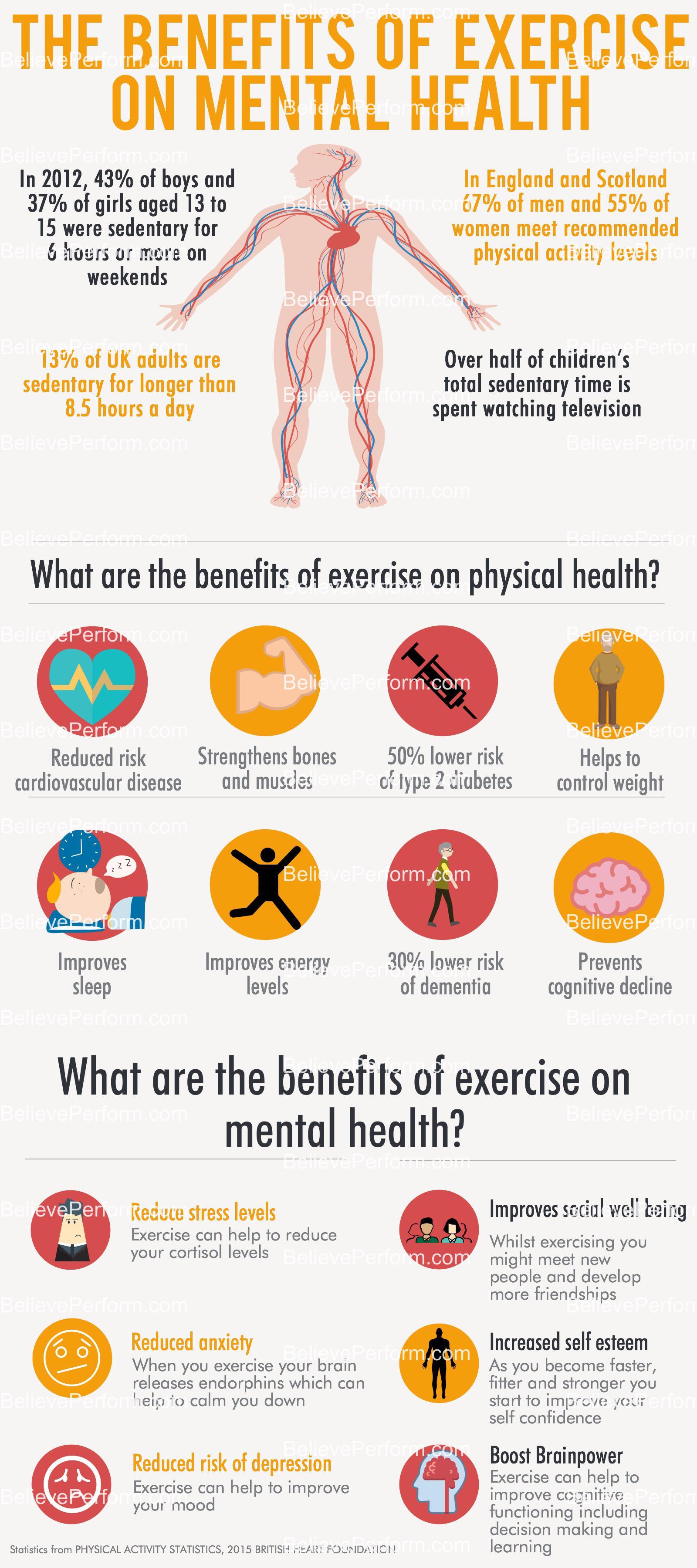
Starting from the consideration that modern humans have not only a very large brain but also a remarkable endurance capacity, it was suggested that PA also shaped our brains: It was reported, for example, that the appearance in evolution of skeletal properties related to endurance capacity correlated with the increase of brain size in hominins such as Homo erectus. Actually, this is not surprising since the ability of our species to survive in many different environments, to escape predators, and to look around for food has depended on, and still depends on the ability to perform PA, and PA has thus shaped our physiology. However, we have only recently begun to understand the cellular and molecular reasons why sedentary life is detrimental for human health, and to realize that physical activity (PA) can be a powerful medicine to counteract its effects. Over the centuries this idea has recurred many times. He promoted a cerebrocentric view of mind and, interestingly, believed that exercise and a healthy diet were fundamental for maintaining a healthy body, and a healthy mind. Herophilus (c335–c280 B.C.), in particular, by dissecting human cadavers, was able to describe the structure of the brain and nerves, and to realize that motor nerves were joined to muscles, while other nerves (the sensory ones) went to organs, and were responsible for sensation. The discovery of the nervous system dates back to the ancient Greek physicians-philosophers Alcmaeon, Praxagoras, Herophilus, and Erasistratus. In this review we will discuss the potential mechanisms underlying the effects of PA on brain health, focusing on hormones, neurotrophins, and neurotransmitters, the release of which is modulated by PA, as well as on the intra- and extra-cellular pathways that regulate the expression of some of the genes involved. Most importantly, PA improves cognitive processes and memory, has analgesic and antidepressant effects, and even induces a sense of wellbeing, giving strength to the ancient principle of “ mens sana in corpore sano” (i.e., a sound mind in a sound body).


Many studies have shown that PA can reverse at least some of the unwanted effects of sedentary lifestyle, and can also contribute in delaying brain aging and degenerative pathologies such as Alzheimer’s Disease, diabetes, and multiple sclerosis. It has been also acknowledged that lifestyle and diet can induce epigenetic modifications which modify chromatin structure and gene expression, thus causing even heritable metabolic outcomes. However, only recently the health consequences of a sedentary lifestyle, and of highly energetic diets, are becoming clear. Physical activity (PA) has been central in the life of our species for most of its history, and thus shaped our physiology during evolution.


 0 kommentar(er)
0 kommentar(er)
